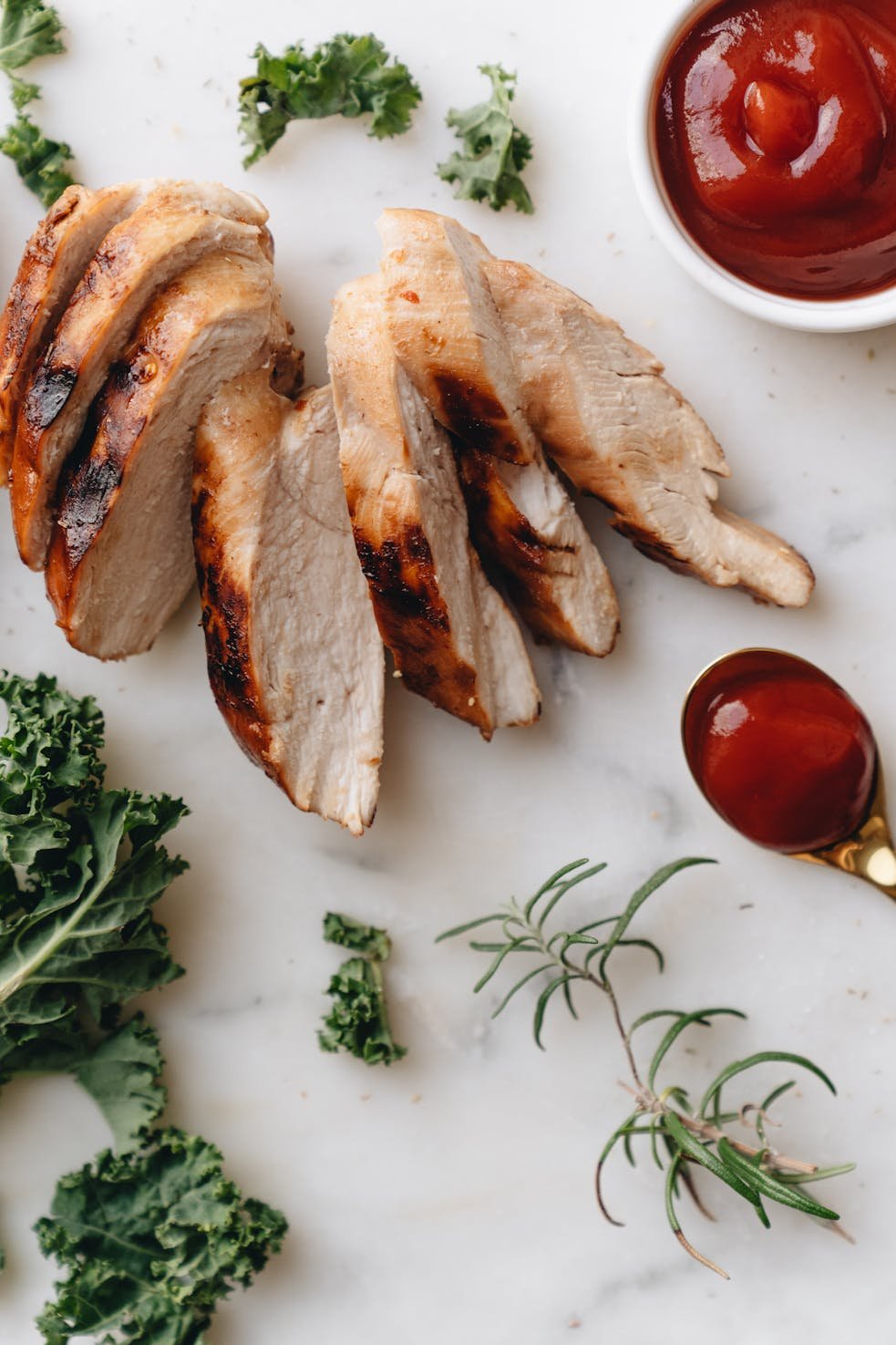The Lean Powerhouse on Your Plate
Chicken breast—especially skinless, boneless cuts—has long been a staple in health-conscious kitchens. But it’s more than just a diet cliché. As a lean source of protein, chicken breast provides a nutritional punch that supports everything from muscle repair to weight management. Whether you’re a fitness enthusiast, a busy parent, or simply trying to eat more mindfully, skinless chicken breast can be a delicious and practical part of your weekly menu.
In this post, we’ll explore the science-backed health benefits of chicken breast, how to cook it right (without drying it out), and some flavorful recipes that go far beyond boring boiled chicken. Let’s dive in.
1. Nutritional Benefits of Chicken Breast
A 3.5-ounce (100g) serving of cooked, skinless chicken breast offers:
- Protein: 31 grams
- Calories: 165 kcal
- Total Fat: 3.6 grams
- Saturated Fat: 1 gram
- Carbohydrates: 0 grams
- Cholesterol: 85 mg
Chicken breast is high in complete protein, meaning it contains all nine essential amino acids. It’s also rich in vitamins and minerals such as:
- Vitamin B6 and B12 – for brain and nervous system function
- Niacin – helps convert food into energy
- Selenium – supports thyroid function and immunity
- Phosphorus – important for bone health
Because it’s naturally low in fat and carbs, chicken breast is a top choice for those following low-carb, keto, paleo, or general weight loss diets.
2. Health Perks: More Than Just Muscle Food
Chicken breast is often associated with bodybuilders and athletes, but its benefits extend well beyond the gym.
- Supports Weight Management: The high protein content promotes satiety, helping you feel full longer and reduce overall calorie intake.
- Boosts Metabolism: Protein has a high thermic effect, meaning your body burns more calories digesting it compared to carbs or fat.
- Promotes Heart Health: When prepared without the skin and excess fat, chicken breast can be part of a heart-healthy diet, particularly when replacing red meat.
- Helps in Muscle Maintenance: Adequate protein is essential for preserving lean muscle mass, especially important as we age.
3. Cooking Tips: Keeping Chicken Breast Moist and Flavorful
The biggest complaint about chicken breast? It’s dry and bland. But with a few cooking hacks, you can turn this humble cut into something crave-worthy.
Brining or Marinating
Soaking chicken in a saltwater solution or a flavorful marinade before cooking helps retain moisture and infuses it with taste. Try ingredients like lemon juice, olive oil, garlic, herbs, or even Greek yogurt.
Sous-Vide Cooking
Sous-vide allows you to cook chicken breasts at a low temperature for an extended time, keeping them juicy and evenly cooked. It’s almost impossible to overcook!
Sheet-Pan Roasting
Combine chicken breasts with vegetables like Brussels sprouts, sweet potatoes, or cherry tomatoes for an easy one-pan dinner. Coat lightly with olive oil and roast at 400°F (205°C) for 25-30 minutes.
Avoid High Heat Without a Fat Source
Grilling or pan-frying chicken breasts on high heat can dry them out quickly. If using these methods, make sure to use a small amount of healthy fat and don’t overcook.
4. Healthy Chicken Breast Recipes
If you’re tired of the same old grilled chicken, here are a few creative and health-focused ideas to keep things interesting.
Lemon-Herb Grilled Chicken
Marinate chicken breasts in lemon juice, garlic, oregano, and olive oil. Grill until golden. Serve with quinoa and steamed broccoli.
Sheet-Pan Chicken Fajitas
Toss sliced chicken breasts with bell peppers, onions, chili powder, and cumin. Roast on a sheet pan and serve with whole wheat tortillas or lettuce wraps.
Chicken Caprese Bake
Top chicken with sliced tomatoes, fresh basil, and mozzarella. Bake until cooked through and bubbly. Drizzle with balsamic glaze.
Asian-Inspired Chicken Lettuce Wraps
Dice and sauté chicken breast with garlic, ginger, and soy sauce. Serve in butter lettuce cups with shredded carrots and sesame seeds.
5. Food Safety and Cooking Temperature
Always ensure your chicken reaches an internal temperature of 165°F (74°C). Use a meat thermometer for accuracy, especially when baking or roasting.
Avoid cross-contamination by using separate cutting boards and thoroughly washing hands and utensils after handling raw poultry.
6. Final Thoughts: A Flexible, Nutritious Staple
Skinless chicken breast might not seem exciting at first glance, but it’s one of the most versatile, nutritious, and convenient proteins you can add to your diet. With endless ways to cook it and the ability to pair well with nearly every cuisine, it’s no wonder health professionals and chefs alike continue to recommend it.
Whether you’re meal prepping for the week, cooking a quick dinner, or looking to eat healthier without sacrificing flavor, give chicken breast a fresh look. From simple grilled filets to globally inspired marinades, the possibilities are deliciously endless.
